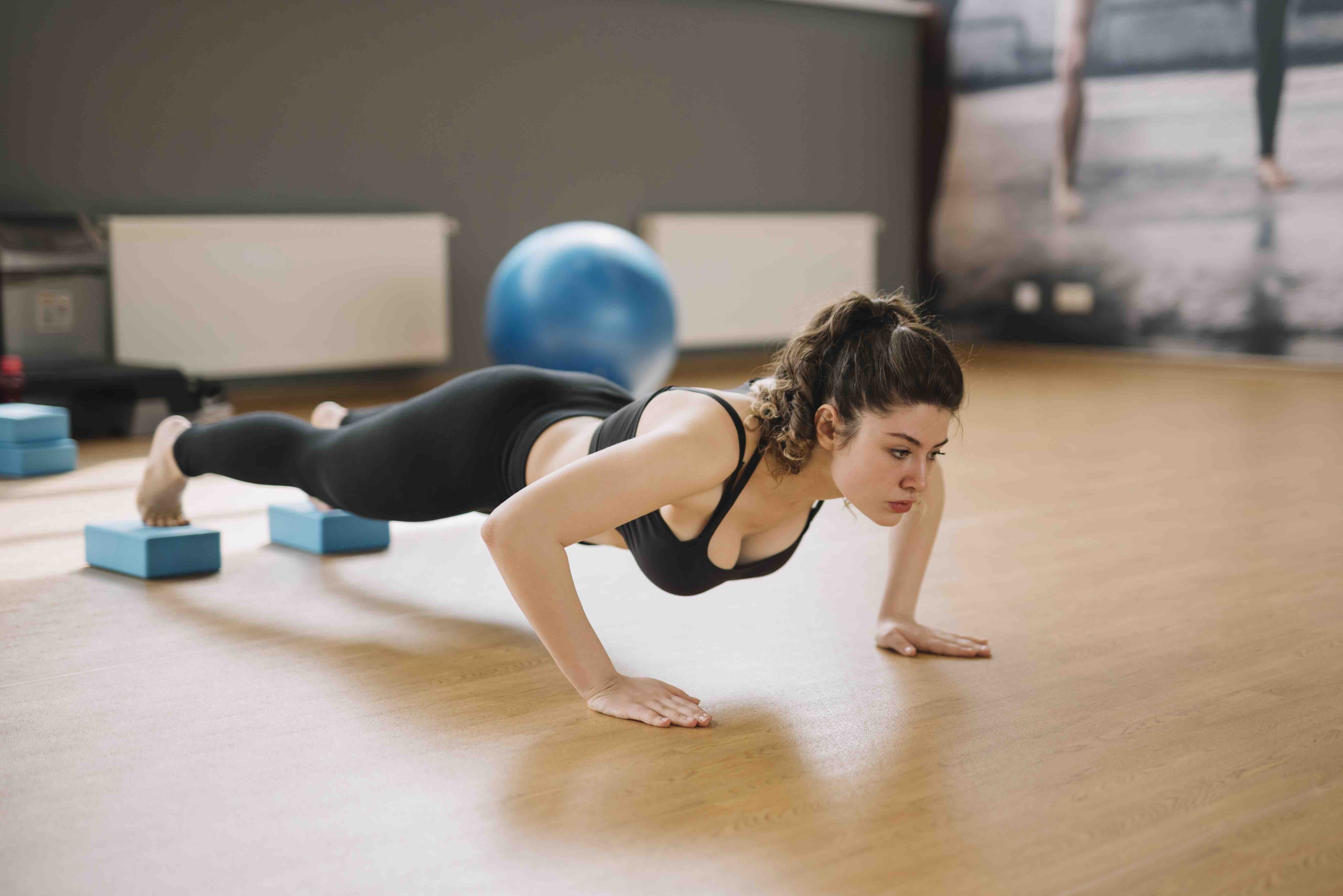The humble push-up is one of the most versatile exercises you can incorporate into your fitness regimen. Whether you're a gym enthusiast or someone looking to start a fitness journey at home, push-ups offer an array of benefits that cater to various fitness goals. In this blog post, we'll explore the benefits of push-ups, the proper form to maximize their effectiveness, and some variations to challenge different muscle groups.
Why Push-Ups Are Awesome
Push-ups are renowned for being a comprehensive bodyweight exercise. Here’s why:
- Strengthen Multiple Muscle Groups: Primarily targeting the chest, shoulders, and triceps, push-ups also engage your core, glutes, and even the back muscles, making them a full-body exercise.
- No Equipment Needed: Whether you’re at home, in a hotel room, or outdoors, push-ups require no special equipment, making them extremely convenient.
- Adaptable for All Fitness Levels: From beginners to advanced athletes, push-ups can be modified to suit different fitness levels and can be intensified over time.
The Anatomy of a Perfect Push-Up
Executing a push-up with proper form is crucial to gain maximum benefit and prevent injury. Follow these steps:
- Start in a Plank Position: Place your hands slightly wider than shoulder-width apart on the ground, with your arms extended. Ensure your body forms a straight line from head to heels.
- Engage Your Core and Glutes: Tighten your abdominal muscles and glutes to maintain a straight alignment.
- Bend Your Elbows: Lower your body by bending your elbows, keeping them close to your sides, until your chest nearly touches the floor.
- Push Back Up: Exhale and press through your palms to straighten your arms and return to the starting position.
Variations to Consider
To target different muscle groups or increase the difficulty, try these push-up variations:
- Incline Push-Ups: Place your hands on an elevated surface to make the exercise easier, ideal for beginners.
- Decline Push-Ups: Elevate your feet to increase the resistance and concentrate on the upper chest and shoulders.
- Diamond Push-Ups: Position your hands close together under your chest, forming a diamond shape with your thumbs and index fingers, to target the triceps rigorously.
- Plyometric Push-Ups: Add a clap between reps or push off the ground explosively for an intense, explosive workout.
Common Mistakes to Avoid
Like any exercise, proper execution is key. Avoid these common mistakes to prevent injury and ensure you're getting the most out of your push-ups:
- Sagging Hips: Keeping your core engaged will prevent your hips from sagging and ensure a neutral spine.
- Flaring Elbows: Keep your elbows from flaring outward too much to protect your shoulders and maximize tricep engagement.
- Partial Reps: Ensure a full range of motion with each repetition, lowering your body until your chest nearly touches the ground.
Incorporating push-ups into your routine can help build strength, endurance, and muscle tone. Whether you're using them as a warm-up, a mainstay workout routine, or part of a larger fitness program, these exercises will help pave the way to a healthier you. Start slow, focus on form, and gradually increase difficulty to see consistent progress.

